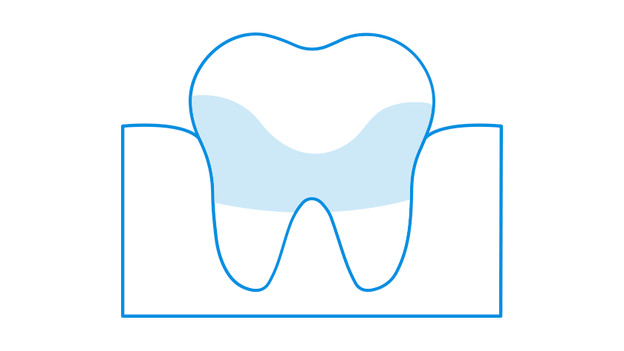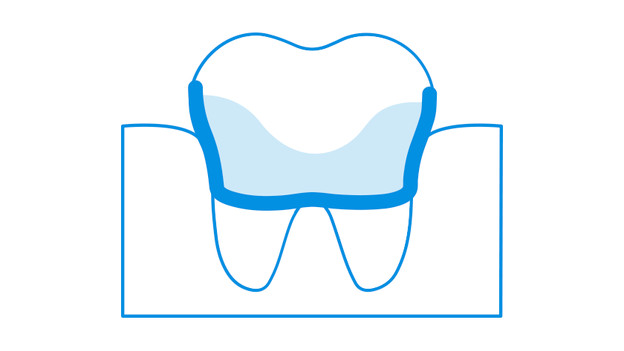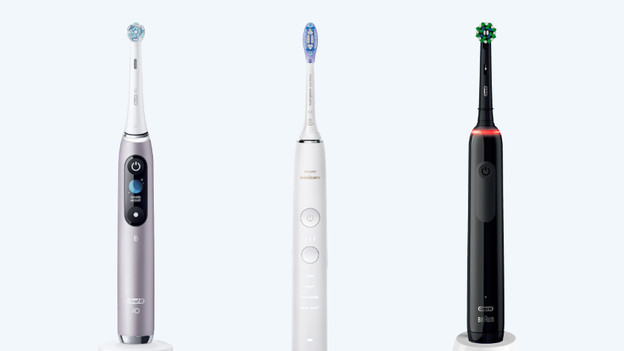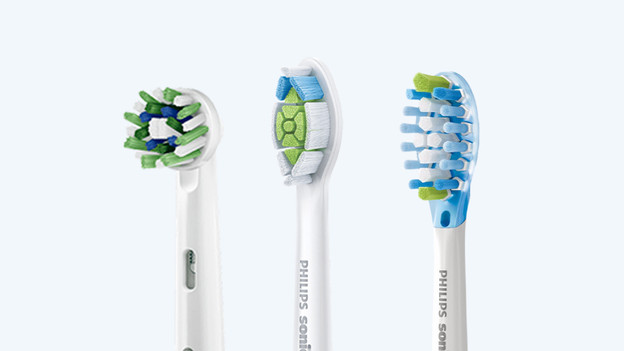
Written by Gaby
Edited on
30 January 2023
·
15:43
What do you need to remove plaque and tartar?
When you brush your teeth, the most important thing you want to accomplish is remove dental plaque. Dental plaque is the number one cause of dental issues. But what is dental plaque and how does it differ from calculus? And most importantly, what can you do about it? In this article, we'll tell you all about it.
Difference between plaque and calculus

Calculus
Plaque is a thin, nearly invisible, sticky layer that continuously forms on your teeth and molars. It primarily consists of food, proteins from saliva, and bacteria that live in your mouth. Plaque isn't necessarily harmful, as long as you brush it off your teeth within 48 hours. You can do this with an electric toothbrush.

Plaque
If plaque stays on your teeth for over 48 hours, it hardens to create calculus. Not removing calculus can lead to inflammation, gum disease, and cavities. Sadly, you can't remove calculus yourself. You need to see a dentist or dental hygienist for this. That is why it's important to clean your teeth properly, so plaque doesn't get the chance to calcify. You can do this with a brush attachment that's especially made for thorough cleaning, for example.

Electric toothbrush
Plaque accumulates on your teeth and along the edge of your gums during the day. To brush off the plaque from your teeth, it's important that you brush your teeth twice a day. Preferably with an electric toothbrush, because it removes much more plaque than a regular manual toothbrush. In addition to removing plaque, a number of electric toothbrushes are also suitable if you want to remove stains from your teeth or brush inflamed gums.

Brush attachments
For the best brushing performance, it's important to replace the brush attachment of your electric toothbrush after 3 months. Bacteria build up inside the brush attachment, so you can't clean your teeth as well anymore after a while. Do you directly want to receive enough brush attachments for 1.5 or 2.5 years with the purchase of your toothbrush? We've composed a couple of useful bundles for you.

Electric flossers
Surface plaque is relatively easy to remove. The problem is that plaque often nestles between the teeth or forms on the edge of your gums. To remove plaque between your teeth, it's important to floss between your teeth. You can do this with a flossing device.
Article by Gaby
Toothbrush Expert.
